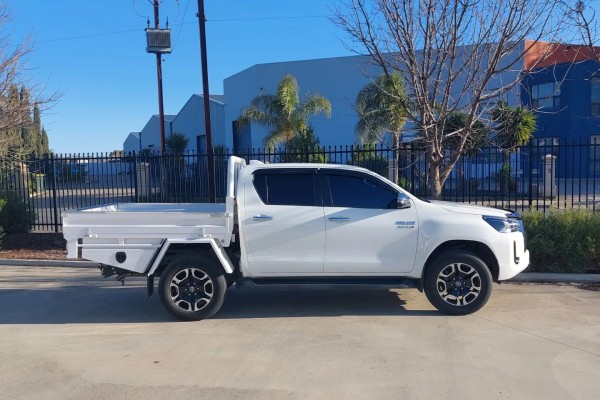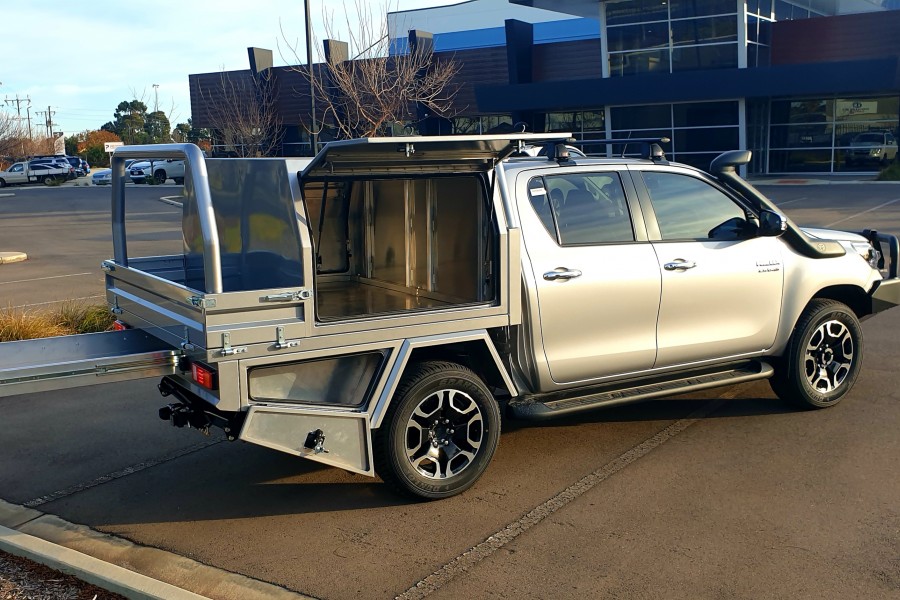Aussies Love Affair with the Ute
For the Aussie tradie or adventurer, the love for the utility vehicle (commonly called ute) runs deep, and it's not hard to see why. These rugged vehicles are not just modes of transportation; they're reliable companions that perfectly align with the hardworking ethos of the country. Utes are the epitome of practicality, capable of handling the toughest tasks on the job site and beyond. Whether it's hauling tools, equipment, or building materials, a trusty ute gets the job done. After work, utes seamlessly transition into the weekend adventure machines. They tackle Australia's diverse terrain, from the vast outback to the coastal beaches, making them ideal for fishing trips, camping adventures, and off-road escapes. Something we live for at Precision!
But it's not just about function; there's a deep cultural connection to utes. They symbolize resilience, resourcefulness, and the Australian spirit. These vehicles are as much a part of the Aussie identity as the iconic Akubra hat or the barbecue. For us, the ute isn't just a vehicle; it's a symbol of hard work and the freedom to explore this vast and beautiful land. So, whether it's for the daily grind or the weekend getaway, Aussies cherish their utes as trusted companions that embody their dedication to work and their love for adventure.
Whilst it’s contested who came up with the ute concept “first” we can tell you this yarn. In 1933, a farmer’s wife from Gippsland Victoria apparently wrote a letter to Ford Australia asking: “Can you build me a vehicle that we can use to go to church on Sunday, without getting wet, and that my husband can use to take the pigs to market on Monday.” Lew Bandt, a young designer at Ford’s Geelong plant heeded the call and modified a 1933 coupe, strengthening the chassis for load carrying ability, integrating tub bodywork and retaining the solid roof. A prototype was soon approved, and Ford Australia went into production in 1934 with the Model 40-A Light Delivery. This saw the first Australian mass produced & commercially available vehicle with a hard lid & storage capacity in the back. It does however seem a bit of a stretch that Ford would base a commercial line off the back of a single request from an end user, we do like its grass roots nostalgia, however tall the story.
The distinct difference of the Model 40-A was the hard roof sedan pedigree, with previous examples having a soft top or convertible roofs. Meanwhile overseas, soft top vehicles were made by Dodge, Chevrolet and even Volvo! Back here on Terra Australis Holden also followed suit in 1951 with the FX, three years after the sedan of the same model.
It's also worth noting that the original ute concept varied from the light trucks of the time due to its bodywork flowing unbroken, from the nose to the tail. This has since been scrapped by current manufactures of 4x4 utes in the in favour of separate body and tubs to negate any cracking as the chassis flexes.
Fast forward almost 90 years later, the ute is now firmly ingrained in Australian culture and has helped shape our nation across the farming, construction, and mining industries. Not to mention the weekend getaway with family or friends experiencing everything our wide brown land has to offer.
We do however believe that ditching the tub in favour of a more practical steel tray, aluminium tray or full-time canopy is a move you’ll never regret. Contact Precision directly to discuss your options and become part of the Aussie ute legacy.


